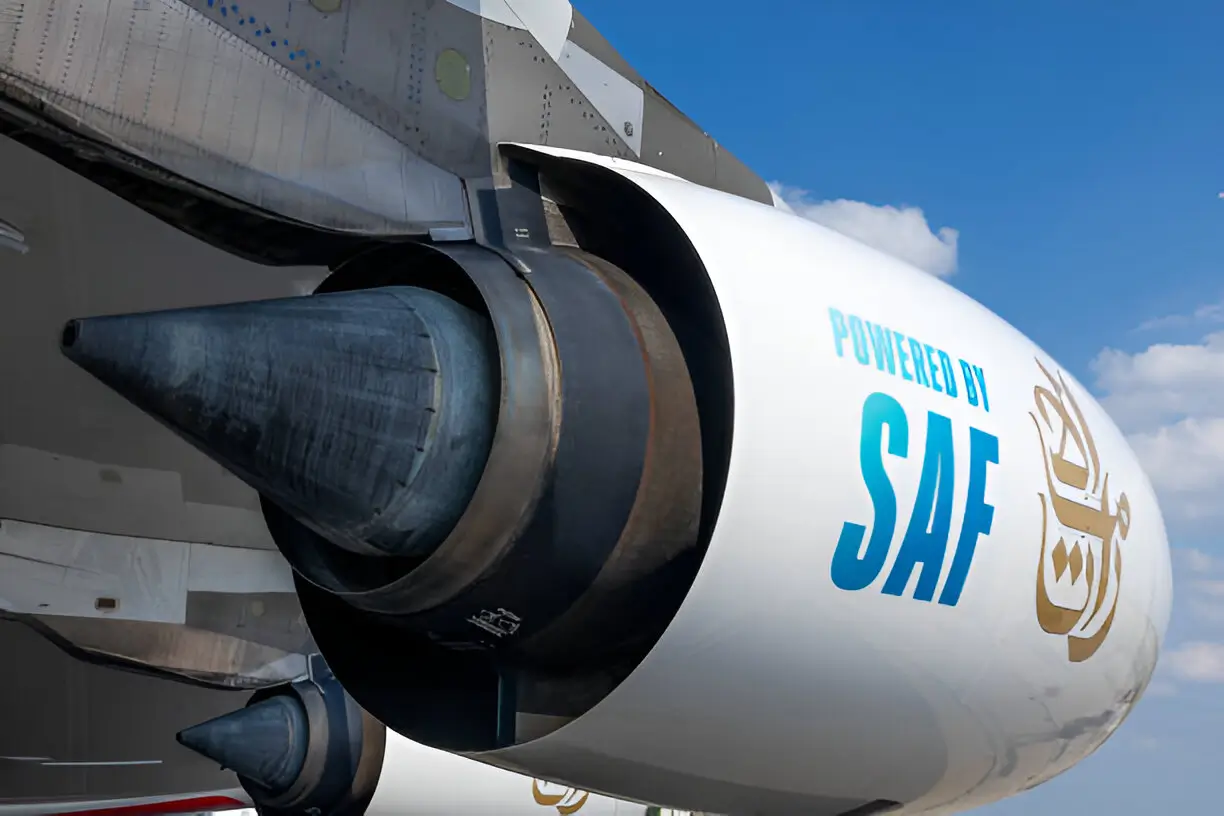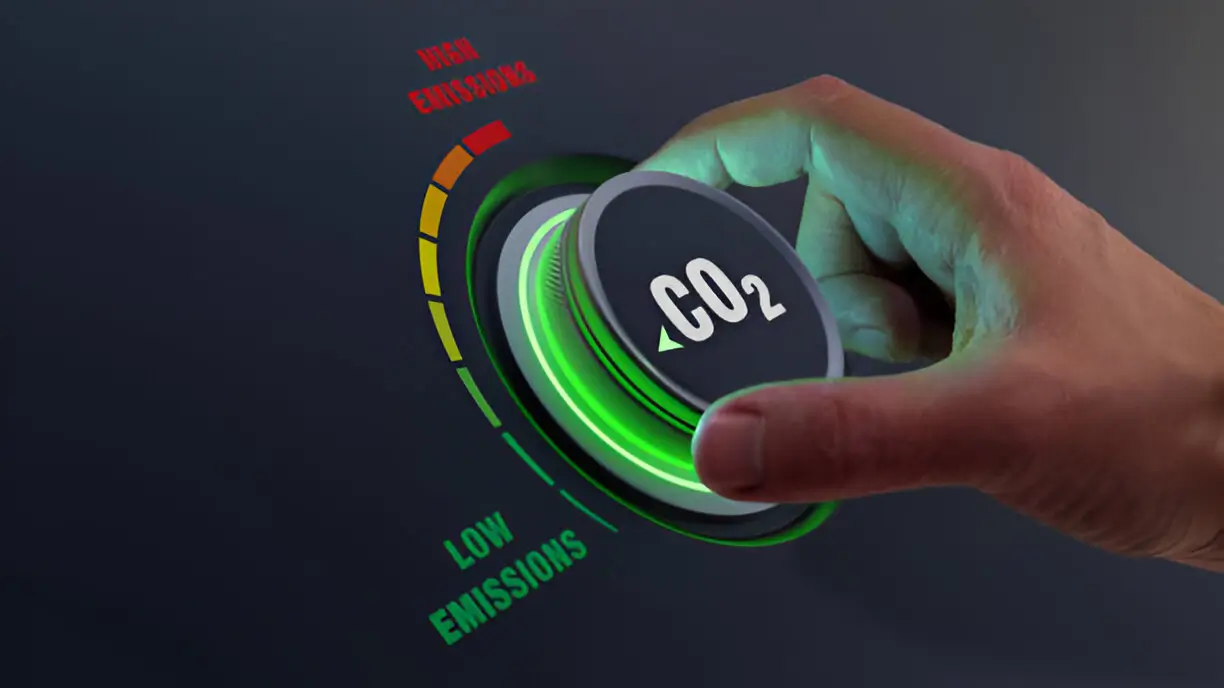CO2 Emissions
There’s no getting around it!
This is what is emitted into the atmosphere from airplane engines.
Mr Behzar Rezaee
There’s no getting around it, aeroplane engines burn fuel, which releases carbon dioxide (CO2). This, in turn, contributes to global warming. The more we fly, the more CO2 and other greenhouses gases go into the atmosphere. But some flights have lower emissions than others.

Solution and operation
To help you make an informed choice, we provide information about the lifecycle emissions of your flight, represented by a CO2e number. CO2e is short for CO2 equivalent, and is a measure used to compare the emissions from greenhouse gases based on their global-warming potential, by converting amounts of other gases to the equivalent amount of carbon dioxide with the same global warming potential. When the CO2e for a flight is calculated, it not only includes the emissions from fuel burnt during the flight, but also from the production and transportation of the fuel.
Step forward
We then show you which flight options on a route have lifecycle emissions that are at least 6% lower than a typical flight on that route. A “typical” flight represents a median across all dates and available flights for that route, so if you don’t see any lower emissions flights for your search, it’s likely that there aren’t any available for your chosen day.
Calculation of CO2 emissions
- Aircraft type
- Weather conditions
- Number of passengers and weight of luggage
- Air traffic
On the other hand, it’s also possible for many flights on a given day to be less than typical. While the best option for your chosen route is usually a direct flight, in rare cases it’s possible for an indirect option to have lower emissions than typical if, for example, both flights are on fuel-efficient planes. We don’t compare to other modes of transport, so there may be other lower emissions options like trains available for your route.




